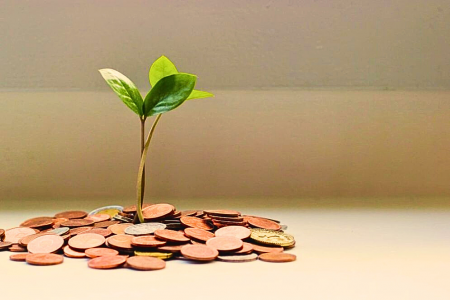Does Eco-Friendly Disease Control work? If you are a gardener, farmer, or homeowner, you probably know how frustrating it can be to deal with pests and diseases that attack your plants and crops. You may have tried using various pesticides and fungicides to get rid of them, but you may have also wondered about the […]
Limiting Factors for Using Agriculture as Part of the Solution to Reducing GHG.

Introduction Agriculture can play a significant role in reducing greenhouse gas (GHG) emissions. However, several limiting factors need to be considered when using agriculture as part of the solution to reducing GHG emissions. Limiting factors to consider Here are some of the most significant limiting factors: Land use changes: Expanding agricultural land use can result […]
Carbon Credits in Agriculture: Part One: The Importance of Calculating Carbon Footprint and Implementing Carbon Emissions Reduction Projects.

Introduction The agriculture industry has a significant impact on global carbon emissions. The sector is responsible for approximately 25% of greenhouse gas (GHG) emissions worldwide, mainly due to livestock production, fertilizer use and land use changes such as deforestation. In addition, as the world’s population continues to grow, so does the demand for food, which […]